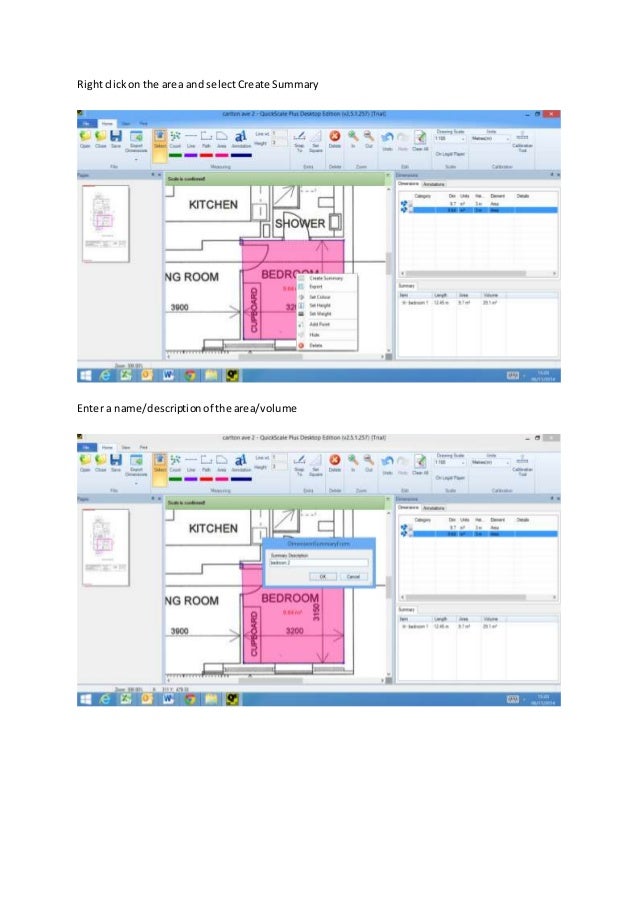
A multiplexer/Mux is required to communicate to multiple NAU7802 sensors on a single bus. Note: The I 2C address of the NAU7802 is 0x2A and is hardware defined. The differential input signals (plus a second set of input signals) are broken out to the middle of the board, as well.

In addition to the I 2C pins, the board also breaks out an interrupt pin and AVDD to the edge of the board. The board provides a four spring terminal to connect your load cell with no soldering required. There are many popular chips that read the change and amplify it, but the NAU7802 goes one step further and converts everything to a true I 2C output (attached to a Qwiic connector).

In most cases this signal is very small and needs to be amplified. A load cell is basically a device that translates pressure or force into electrical signals. The NAU7802 is an ADC with built in gain and I 2C output to amplify and convert the readings from a standard load cell. However, we still have broken out 0.1"-spaced pins in case you prefer to use a breadboard.īy connecting a load cell to the Qwiic Scale you will be able to translate sensor data into something your microcontroller can read.

Utilizing our handy Qwiic system, no soldering is required to connect it to the rest of your system. This can be handy for creating your own industrial scale, process control or simple presence detection. By connecting the board to your microcontroller you will be able to read the changes in the resistance of a load cell and, with some calibration, you'll be able to get very accurate weight measurements. The SparkFun Qwiic Scale is a small breakout board for the NAU7802 that allows you to easily read load cells to accurately measure the weight of an object.


 0 kommentar(er)
0 kommentar(er)
